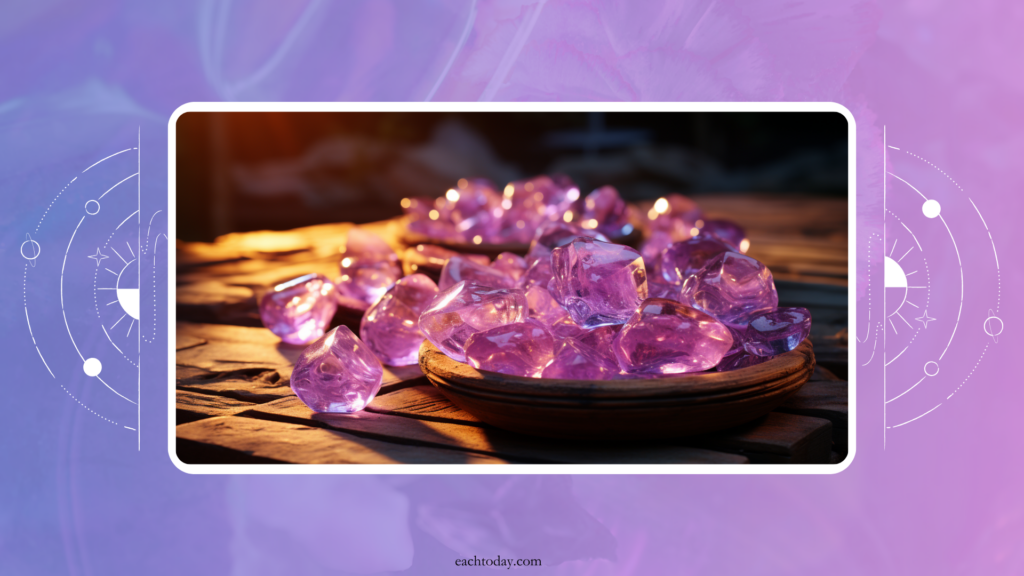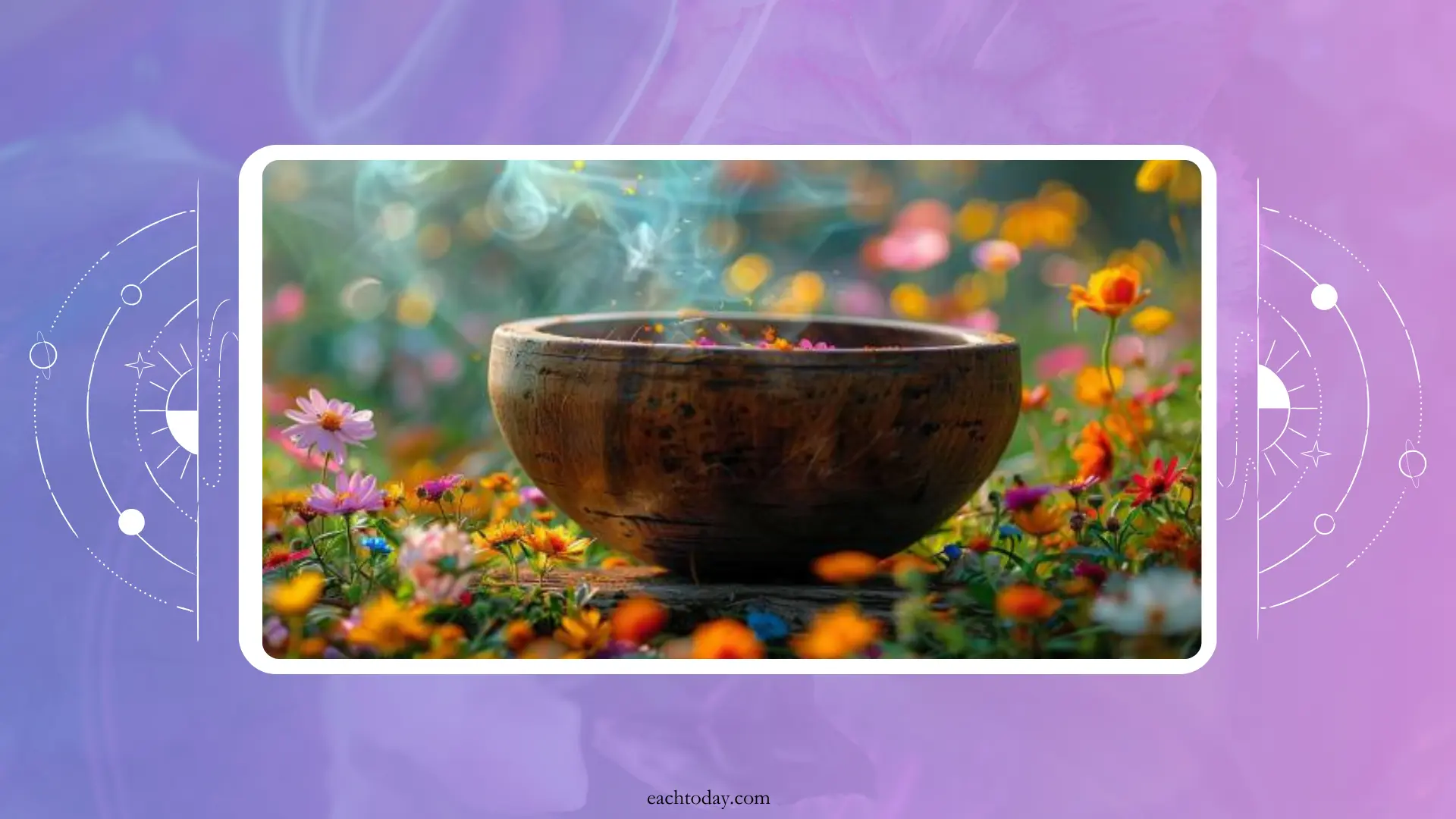Sound healing, often known as sound therapy, is a technique that utilises various characteristics of sound to enhance an individual’s mental and physical well-being. This old culture-based approach has earned scientific acceptance and is applied in current health procedures.
The theory behind sound therapy is that illnesses are defined by the body being “ out of tune” or having energy blockages. The objective is to return the body to a state of health and balance by restoring its natural resonance.
While the specific vary significantly, sound healing therapies usually include exposing oneself to sound waves at precise frequencies and utilising their rhythmic patterns, tonalities, and vibrational qualities to promote healing and well-being.
The Science Behind Sound Healing
Humans are directly affected physically by wave-based energy, such as sound. Sound waves can physically vibrate water, air and even living tissues. This concept is the cornerstone of sound healing.

Sound therapy uses resonance and entertainment principles in various therapeutic ways, including chanting, music therapy, gong baths, tuning forks, singing bowls, and binaural beats. Other ways may be more suitable depending on the individual’s needs and preferences.
According to scientific studies, an hour of sound therapy lowered participants stress, anger, weariness and sadness. Other studies indicate that Hydroacoustics can help manage stress, improve sleep, reduce anxiety and depression, and increase general well-being.
Read more about how Hydroacoustics is used in the process of activating interstitium.
Conventional medical uses are also beginning to incorporate sound treatment. Hospitals and other healthcare facilities are increasingly adopting music therapy to enhance patient outcomes.
For instance, research on music therapy has demonstrated its ability to reduce anxiety and discomfort in surgical patients, enhance motor function in stroke victims, and assist in the control of symptoms in Alzheimer patients.
Methods of Sound Healing

Applying a constant sound frequency is one method that may help us achieve changes in our mental state. We may enhance our regular awake awareness to relaxation or even sleep by employing rhythm and frequency in sound therapy to entrain our brainwaves.
There are several approaches to sound healing. Yoga studios and other holistic wellness institutions frequently provide sound healing as part of their regular class offerings or so on occasion. Any one if the following instruments could be placed across the room when you go into a sound healing session:
The most well-known and conventional techniques for sound healing are as follows:
- Voice: Among the most potent and successful tools for sound therapy. Chants
(like in kirtan) can energise your thoughts, or a quiet chant like AUM is a great way to relax.
- Gongs: The gong is among the oldest metal instruments used in sound therapy. It could reduce discomfort, relax tense muscles, and promote emotional, mental and physical adaptability.
- Himalayan or Crystal Singing Bowls: Although not as ancient as gongs, Himalayan singing bowls also have Eastern roots. About thirty years old, crystal singing bowls are among the newest tools utilised in sound therapy. The best combination for addressing mental and emotional well-being is between the two.
- Drums: The beats of drums have the power of changing brainwave frequencies and induce extremely calm, trance-like states in humans. We now know that drum circles, which you may have heard about or attended, are healthy.
Conclusion
The evidence supporting the validity and effectiveness of sound therapy from science demonstrates that this age-old technique is far more than just pseudoscience. Sound has a profound healing potential since it fundamentally affects both our bodies and thoughts.
The available data indicates that sound healing has a major impact on the larger picture of health and wellness, even if further study is required to comprehend its potential fully. Indeed, sound is a potent therapeutic tool that provides a harmonic, natural and non-invasive road to well-being.
